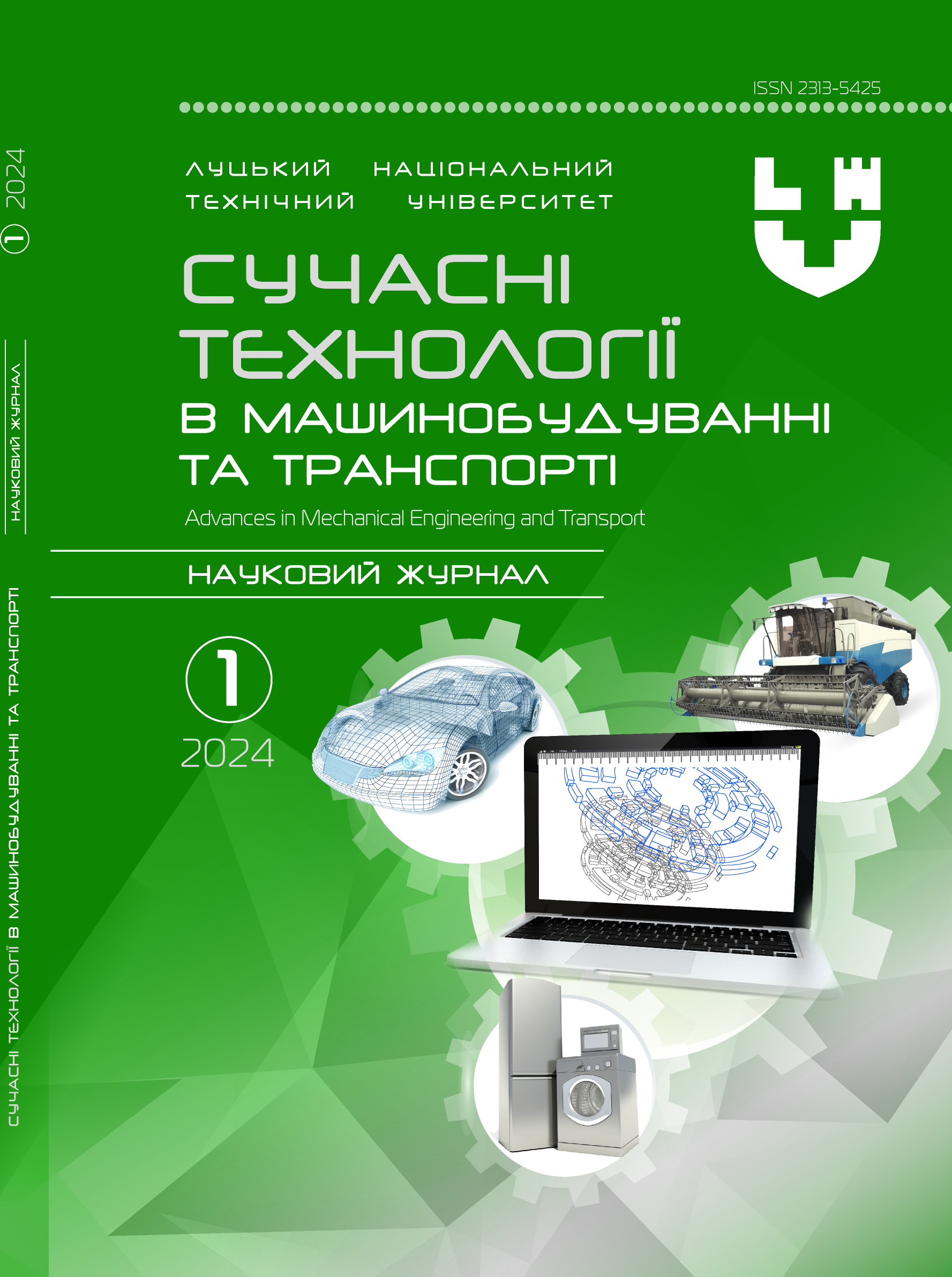Chronology of the formation of the Ukrainian electric car market
Abstract
The transition of the Ukrainian car fleet to electric cars is a pressing issue, since electrical energy today is the only acceptable and accessible in the required quantity source of energy that can be used as an alternative.
Practical studies to assess the feasibility of using electric vehicles in Ukraine began in 2011-2013. It was established that the main disadvantage of that time was their cost and lack of infrastructure. Therefore, only government subsidies and breakthroughs in technology could become an important turning point in the spread of electric vehicles, which would significantly reduce their price.
The first concrete proposals at the state level regarding incentives for purchasing electric vehicles were put forward in the Verkhovna Rada in March 2014. After all, over the course of a decade (2014–2023), two dozen bills were considered aimed at stimulating the development of the domestic electric vehicle market, of which only half received the status of laws. Debates centered around the acceptance (or rejection) of tax discounts for the customs clearance of electric vehicles, as domestic industrial production had not been established.
Significant years include 2015, when the import duty was abolished, 2017 when VAT was abolished, the elimination of contributions to the pension fund in 2022, and the establishment of a permanent excise tax of 1 euro per 1 kWh of electric vehicle battery capacity. This «mix» allowed an 80-fold increase in the number of registrations in 2023 compared to 2015. Special «green» license plates for electric vehicles, which granted certain benefits to their owners over other road users, and the prospective increase in electric charging stations, were also notable.
Despite the laws enacted in 2023, the domestic electric vehicle fleet accounted for less than 1.0% of the total passenger car fleet. Therefore, the further development of the market and the expansion of the fleet will depend on the overall situation in the country, the state of its economy, and the purchasing power of the population.
Key words: electric car, bill, law, Tax Code, VAT, excise tax, benefits and incentives, infrastructure, registration, market and fleet of electric vehicles.




